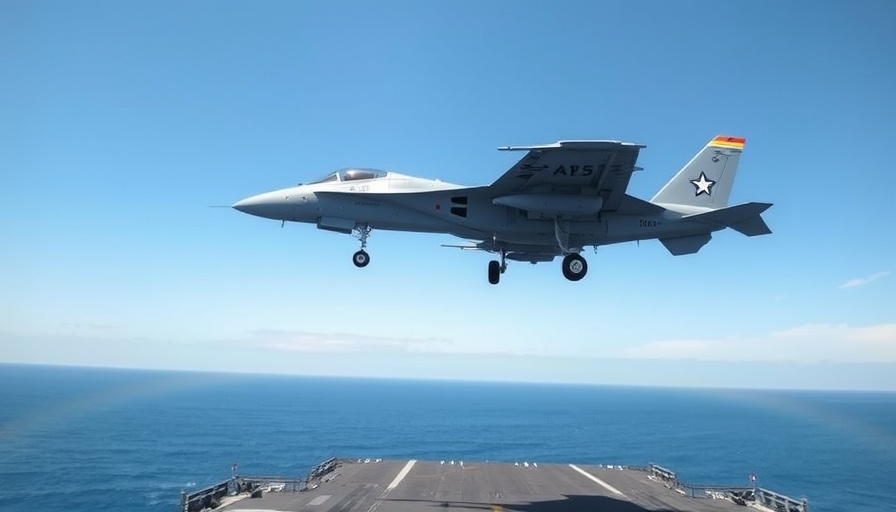
Critical Drop in Navy Amphibious Readiness: What It Means
The U.S. Navy is currently facing a troubling decline in the readiness of its amphibious ships, which are vital for Marine operations. A recent report indicated that the readiness rate has plummeted to 41%, significantly below the 80% threshold deemed necessary by military leaders for effective mission execution. This decline has become particularly pressing as Marines and sailors are deployed to the Caribbean in response to increased drug trafficking issues under the current administration.
The Broader Implications of Amphibious Ship Readiness
This year has seen a notable gap in the deployment of Marine Expeditionary Units, with a five-month hiatus that raises concerns about the Navy's ability to carry out its strategic objectives. The last patrol of the 31st MEU wrapped up in early March, while the 22nd MEU is heading into operational theaters amid significant challenges. The deployment of these military units signifies not just increased military presence but also reflects the ongoing efforts to address drug cartels in Latin America and the Caribbean, making the issue of ship readiness even more critical.
Responding to Rumbling Hurricanes and Drug Cartels
As climate and drug-related crises grow, so does the complexity of maritime security challenges. The Iwo Jima Amphibious Ready Group, which includes over 4,500 sailors and Marines, is currently navigating off the coast of the Carolinas to avoid Hurricane Erin. This unexpected delay emphasizes not only environmental risks but also the operational uncertainties faced by deployed units. The simultaneous objectives of combating drug cartels, navigating storms, and managing limited resources illustrate the multifaceted challenges the Navy must address.
Understanding the Readiness Crisis
The readiness crisis is underscored by a report from the Government Accountability Office revealing that half of the Navy's 32 amphibious warfare vessels are in poor material condition. With the Trump administration ramping up military options in response to drug trafficking and border security, this alarming statistic indicates a stark misalignment between strategic expectations and operational capabilities.
Future Predictions for Navy Amphibious Operations
Looking forward, the Navy must confront the reality that maintaining a robust amphibious fleet is essential for addressing both current and future maritime priorities. Experts agree that persistent delays in maintenance and insufficient funds to restore a fleet of capable ships can severely hinder the military's overall effectiveness. The Marine Corps maintains that effective amphibious operations are critical for successful engagements, which requires prompt expenditure plans and reallocation of resources to enhance ship condition and operational readiness.
Final Thoughts: A Call for Immediate Action
The pressing necessity for improved amphibious ship readiness cannot be overstated. As the Navy continues its efforts to combat illicit drug trafficking and navigate natural disasters, the condition of its fleet remains paramount. Without immediate action to address these readiness issues, the capability of the U.S. military to effectively respond to crisis situations may be compromised, potentially impacting national security and international relations.
 Add Row
Add Row  Add
Add 




Write A Comment